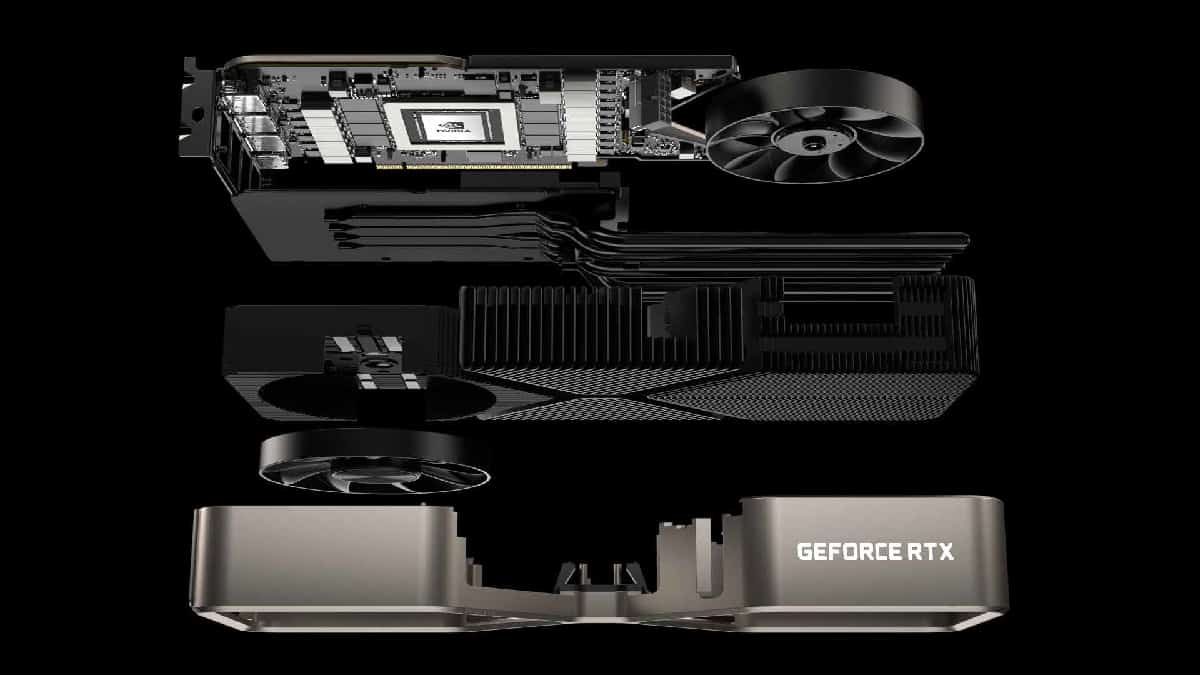What GPU has PCIe 5.0? Do any graphics cards support PCIe 5 in 2025?

Table of Contents
Graphics Processing Units (GPUs) have become an integral component in modern computer systems, especially for those who engage in graphics-intensive tasks like gaming and video editing. With the release of PCIe 5.0, the latest version of the Peripheral Component Interconnect Express (PCIe) interface, users are eagerly anticipating the compatibility of GPUs with this new technology. But we may be waiting some time before you see it in that hardware
As put very nicely by Intel in their blog, each PCIe gen is twice as fast as the one that came before it. PCIe 4, for example, transferred data at 16 GT/s, compared to the 8 GT/s in PCIe 3. PCIe 5.0 is capable of clocking 32 GT/s. But what does this mean for actual perfomance when it comes to PC gaming? For more information, be sure to check out our detailed PCIe 4.0 vs PCIe 5.0 article, which goes into the differences between each generation of PCIe.
In this article, we will explore if any such GPU with PCIe 5.0 exists, what advantages the new interface offers, and what impact it may have on the performance of your system. We keep this article constantly updated to ensure the information is relevant and insightful.
Pci express 5.0 graphics cards latest
As of yet, there are no graphics cards in the market that have PCIe 5.0. The Nvidia 4000 series graphics cards (including the newer Super variants), which run on the Ada Lovelace architecture, and AMD RX 7000 series GPUs, released in late 2021, are still compatible with PCIe 4.0. One reason for this decision is likely due to the fact that PCIe 5.0 is still a relatively new technology and is not yet widely adopted. PCIe 4.0, on the other hand, has been around for several years and is already widely used in many computer systems. Sticking with PCIe 4.0 allows these companies to maintain compatibility with a broader range of systems, without requiring users to upgrade their motherboards.
That being said, there has been movements in this space. Moore Threads, a Chinese company, has recently introduced the MTT S80, which is the first GPU to support PCIe 5.0 and is currently available in the market. Although the MTT S80 is not considered a high-end GPU and is not expected to outperform the latest offerings from Nvidia, AMD, or Intel, it is still a noteworthy addition to the market. For the first time, a Chinese GPU is capable of delivering playable performance across many games, which makes it a compelling option for budget-conscious gamers.
Don’t expect a major difference when it comes to gaming
Despite the fact that data transfer rates will be improved when PCIe becomes mainstream, the real-world effects of this on gaming will likely be minimal. A lot of the motherboards right now are supporting PCIe 5.0, so we think it’s only a matter of time before GPUs follow suit. Whether or not this will be the Nvidia 50 Series, though, is still up for debate.
The MTT S80 features 4096 cores based on the MUSA architecture and comes equipped with 16GB of GDDR6 memory. Its most notable feature is the PCIe Gen5 interface, which is not currently available with the RTX 40 or RX 7000 series from Nvidia and AMD, respectively. However, it’s important to note that conforming to this standard does not guarantee magically higher performance, as it also depends on various other factors, such as software optimization and thermal design.
There are whispers that the upcoming, although not confirmed, Nvidia 50 Series GPUs will have PCie 5. However, as we state in our dedicated 50 Series article, we think it’s likely they’ll opt for a 16-pin power connector, much like we have seen in the 40 Series. So, what could this mean for graphics card performance?
The higher bandwidth of PCIe 5.0 may also benefit graphics cards results in a far quicker transfer of data, called throughput, to VRAM. However, as Intel states in their blog, the effects this could have on gaming may be ‘minor’, likely materialising as small FPS improvements when compared with PCIe 4.0.
